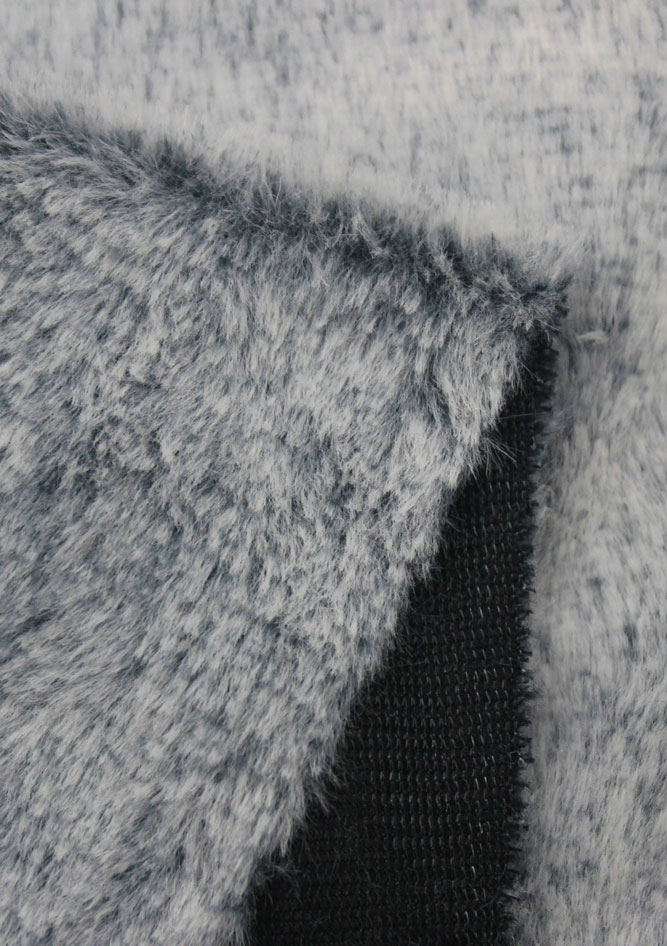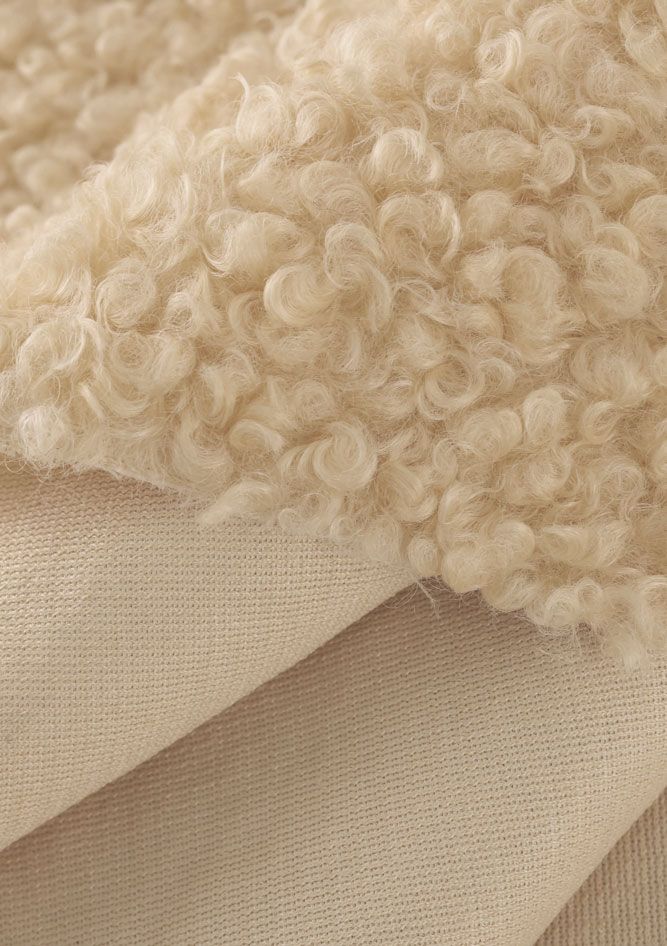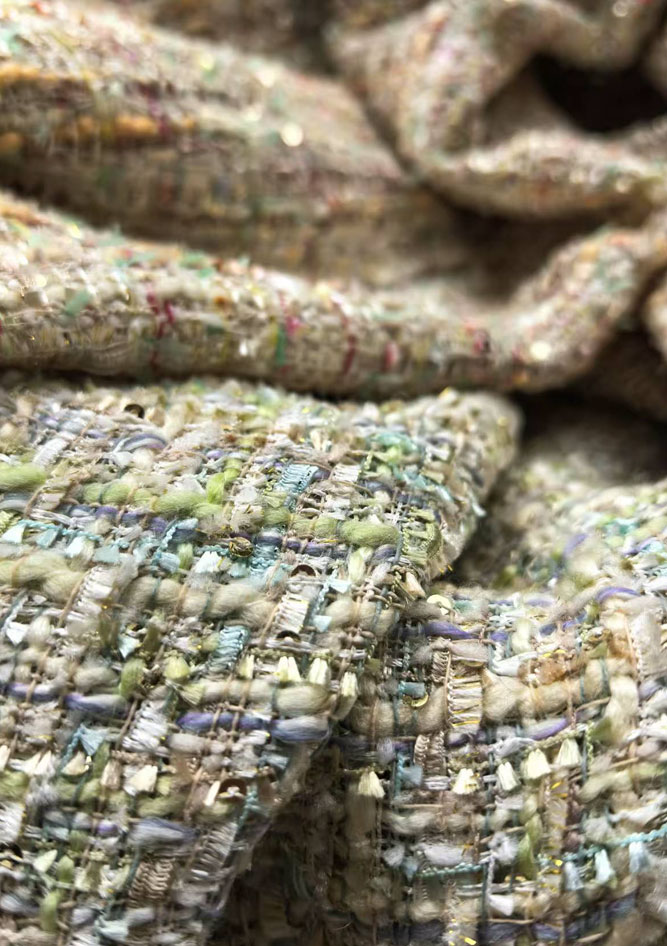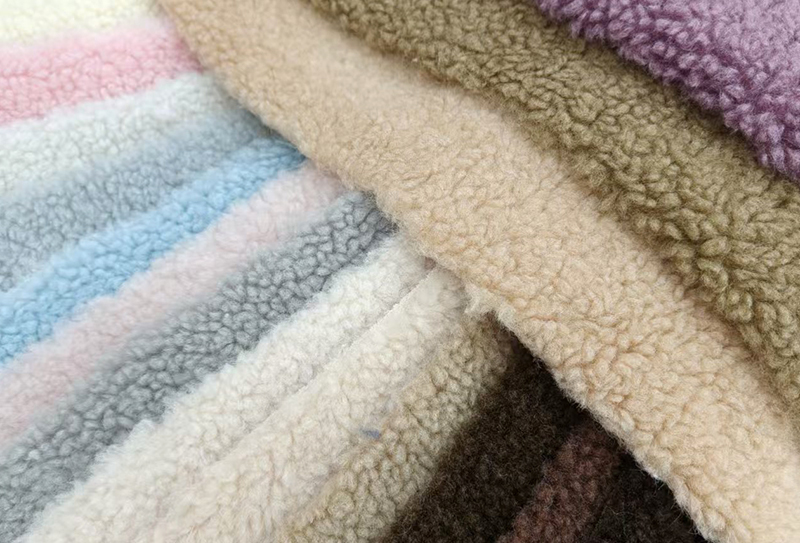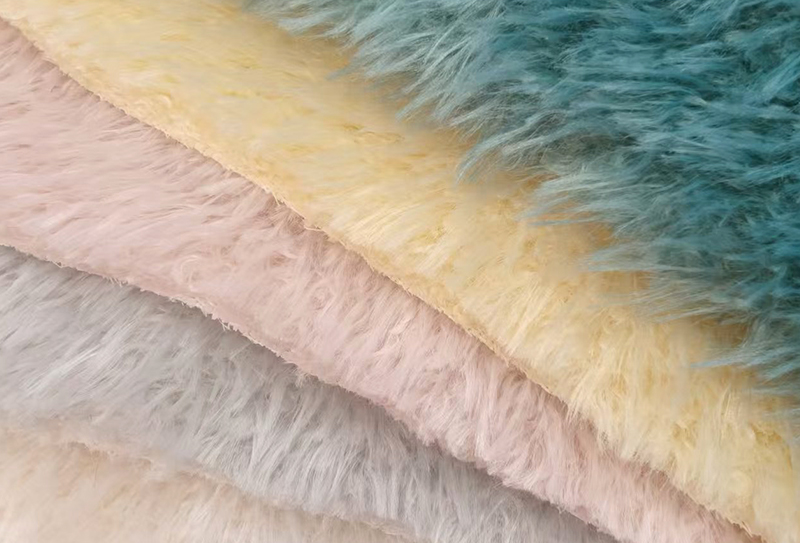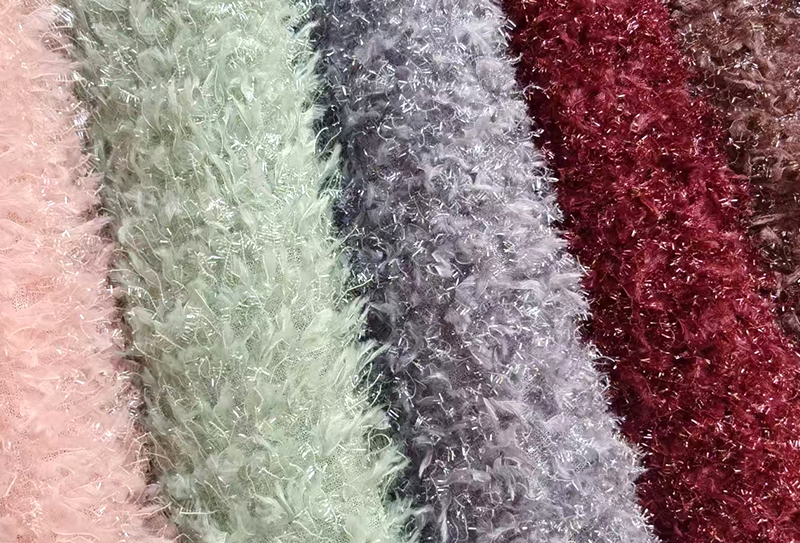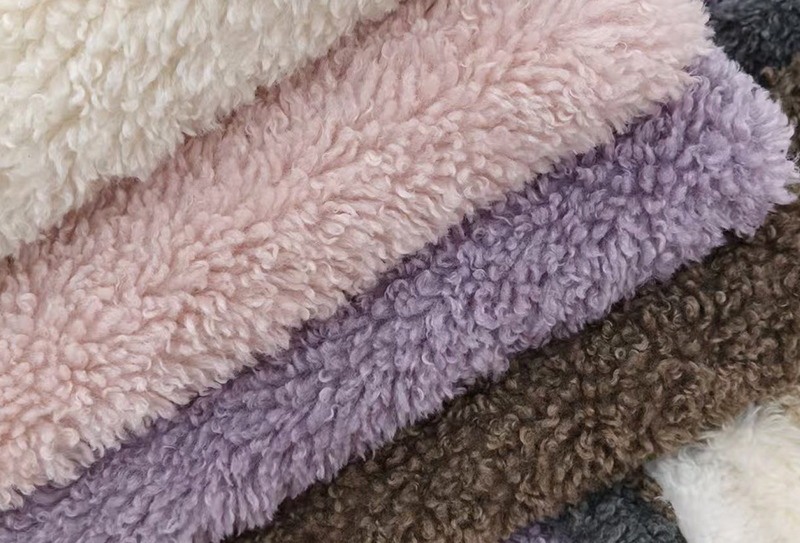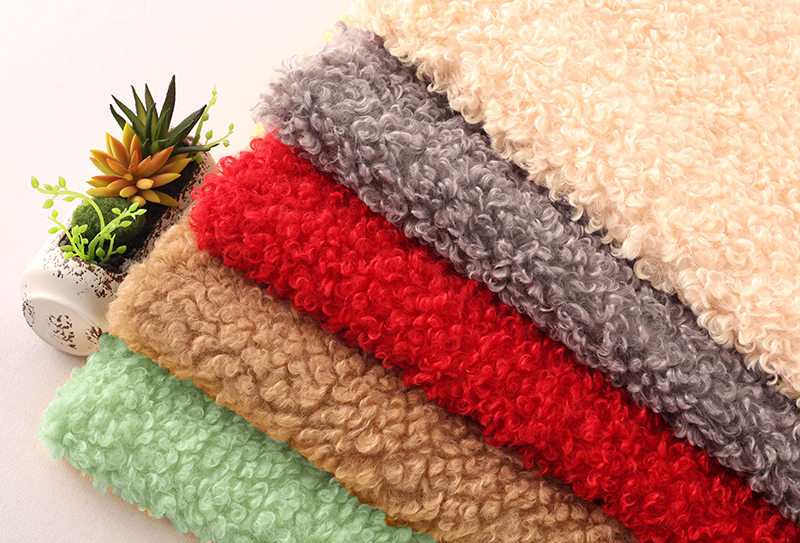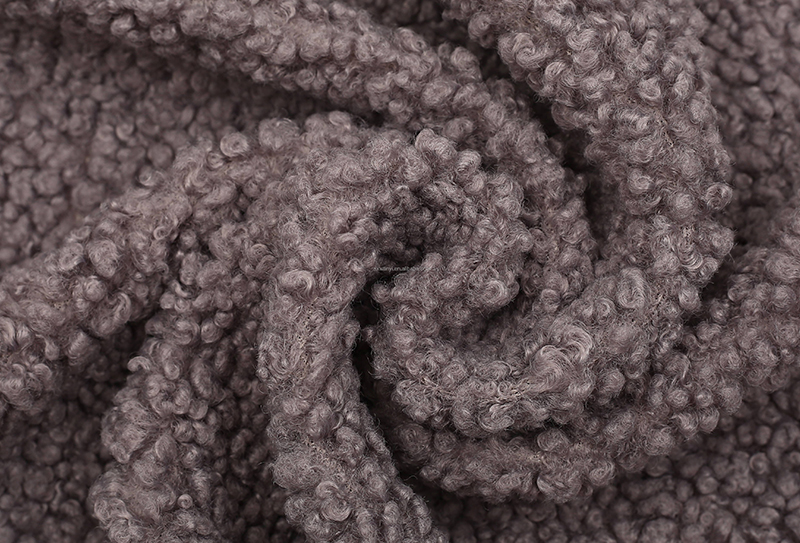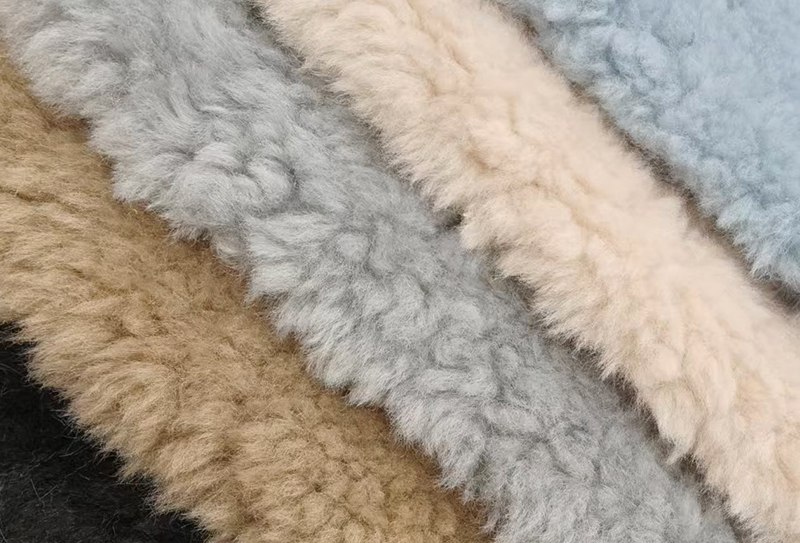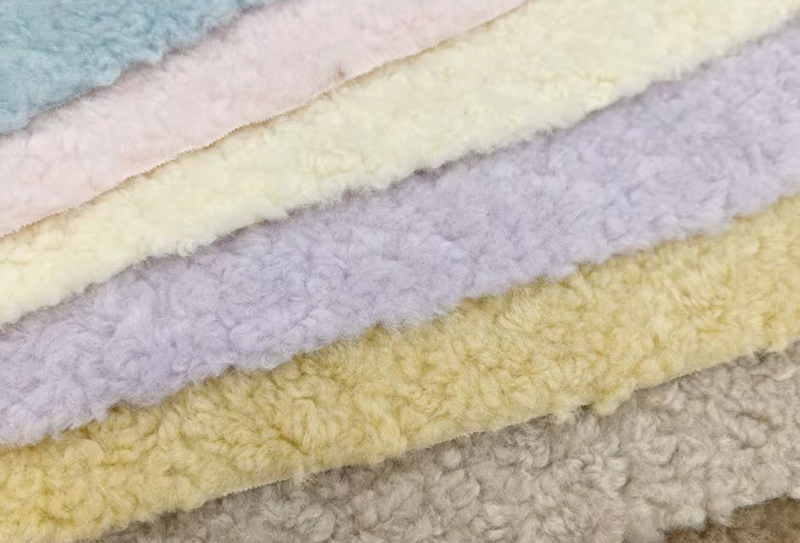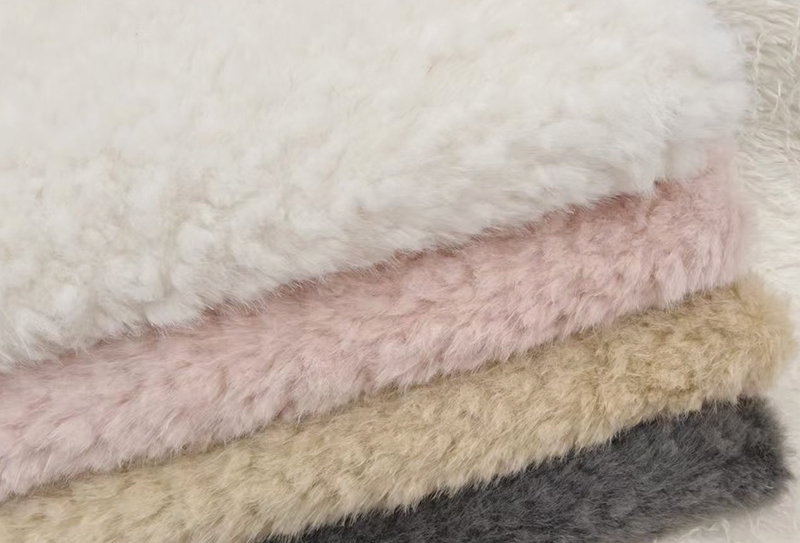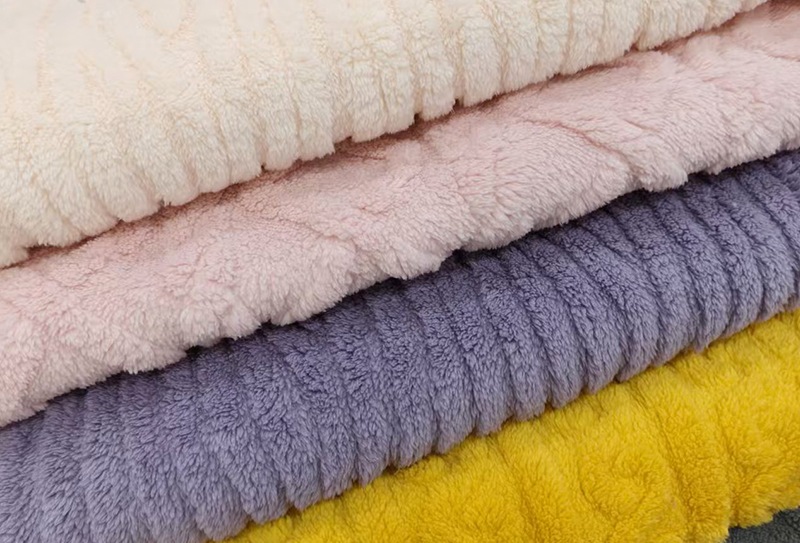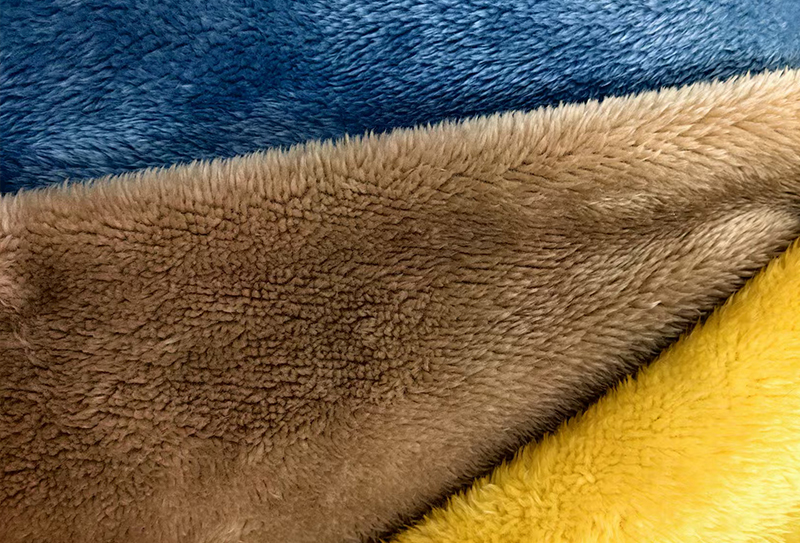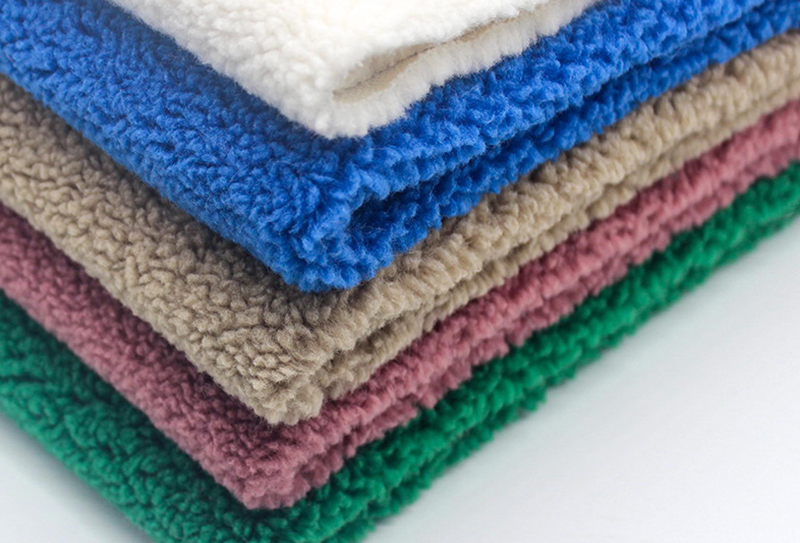The Rise of Conscious Consumerism in Fashion The fashion industry is undergoing a profound transformation as consumers increasingly prioritize ethical considerations in their purchasing decisions. This shift toward conscious consumerism has created an unprecedented demand for sustainable alternatives that don't comprom...
READ MOREOur Collections
Particle Fabric Manufacturers
-
-
Understanding Short Plush Fabric and Its Key Characteristics Short plush fabric represents a specialized category within the broader plush textile family, characterized by its shorter pile height and distinct performance attributes. Unlike traditional plush fabrics that often feature longer, more luxurious fibers, shor...
READ MORE -
Unveiling the Unique Texture of Curly Particles Plush Fabric The world of textile innovation is continually evolving, introducing materials that redefine our expectations of comfort and style. Among these advancements, Curly Particles Plush Fabric has emerged as a standout, captivating designers and consumers alike wit...
READ MORE
How Particle Fabric is Revolutionizing Filtration and Protective Textiles
Particle fabric is an advanced textile material designed to efficiently trap particles, offering high performance in filtration and protective applications. Its unique structure allows for the interception of dust, pollutants, and microorganisms, making it an essential component in industries ranging from healthcare and environmental protection to industrial manufacturing.
One of the key advantages of particle fabric lies in its adaptability. Through variations in weave, fiber type, and surface treatment, the fabric can be optimized for specific functions, such as air filtration in HVAC systems, protective clothing for hazardous environments, and even high-efficiency face masks. Its lightweight yet durable nature ensures both comfort and safety for end-users, while its high surface area enhances particle capture without significantly restricting airflow.
Zhejiang Shaoxing Wanyi Textile Technology Co., Ltd, a leading short plush fabric supplier established in 2019 in Keqiao North Link Market, the largest textile trading center in Asia, has leveraged its 16 years of expertise in plush fabrics to explore advanced textile innovations like particle fabrics. By integrating design, production, and sales, the company not only ensures high-quality products but also emphasizes sustainable development and social responsibility in its operations.
The company’s capabilities in processes such as PV velvet, faux fur, foil, embroidery, and brushing provide a strong foundation for experimenting with hybrid fabric solutions that combine aesthetics and functionality. By selecting cooperative factories carefully, Zhejiang Shaoxing Wanyi Textile Technology Co., Ltd enhances market competitiveness while ensuring that customers receive reliable, high-performance textiles suitable for international markets including the United States, Russia, India, and Europe.
Key Parameters of Particle Fabric in Filtration and Protective Textiles
| Parameter | Description |
|---|---|
| Material Composition | Synthetic fibers such as polyester, nylon, or natural blends |
| Filtration Efficiency | Captures fine particles, dust, and microorganisms |
| Thickness & Density | Adjustable to balance breathability and filtration performance |
| Surface Treatment | Electrostatic charge, coating, or lamination to enhance particle capture |
| Applications | Air filtration, protective clothing, industrial masks, medical textiles |
| Durability | High tensile strength, abrasion resistance, and washability |
| Sustainability Considerations | Eco-friendly fibers and low-impact production processes |
Particle fabrics represent a transformative approach to protective textiles. By combining innovative textile engineering with practical applications, they provide a safer and more sustainable solution across multiple industries. Zhejiang Shaoxing Wanyi Textile Technology Co., Ltd continues to explore these innovations, positioning itself as a forward-looking enterprise committed to quality, customer satisfaction, and the development of green textile technologies.
Comparing Particle Fabric with Traditional Fabrics: Advantages and Limitations
Particle fabric represents a new generation of textile materials engineered to offer enhanced performance in specific applications such as filtration, protective clothing, and high-tech industrial uses. Unlike traditional fabrics, which primarily focus on comfort, durability, or aesthetics, particle fabric emphasizes functionality, including particle capture efficiency, breathability, and surface treatment adaptability.
Advantages of Particle Fabric over Traditional Fabrics
- High Filtration Efficiency: Particle fabrics are designed to trap fine dust, pollutants, and microorganisms, providing superior protection in environments where cleanliness or safety is critical.
- Lightweight and Durable: These fabrics maintain structural integrity while remaining lightweight, which is especially valuable for protective clothing and industrial applications.
- Customizable Functional Properties: Through modifications in fiber type, density, weave, and surface treatments, particle fabrics can be engineered for specific needs, including electrostatic filtration or antimicrobial performance.
- Sustainability Potential: Many particle fabrics can incorporate recycled fibers or low-impact production methods, supporting eco-friendly manufacturing practices.
Limitations Compared to Traditional Fabrics
- Cost Considerations: Advanced particle fabrics can be more expensive to produce than conventional cotton, polyester, or blended fabrics.
- Limited Aesthetic Versatility: While functional, particle fabrics may have less variety in texture, color, or softness compared to plush or fashion-oriented traditional textiles.
- Specialized Handling Requirements: Some particle fabrics require careful maintenance, especially if electrostatic or coating treatments are applied, to maintain performance.
Zhejiang Shaoxing Wanyi Textile Technology Co., Ltd, a leading short plush fabric supplier established in 2019 in Keqiao North Link Market, the largest textile trading center in Asia, has leveraged its 16 years of experience in plush fabrics to explore innovative textiles such as particle fabrics. By integrating fabric design, production, and sales, the company ensures high-quality products while adhering to principles of sustainability, social responsibility, and customer-first service. Their expertise in processes including PV velvet, faux fur, foil, embroidery, and brushing provides a solid foundation for developing hybrid solutions that combine both functionality and quality.
Key Comparison Parameters Between Particle Fabric and Traditional Fabrics
| Parameter | Particle Fabric | Traditional Fabric |
|---|---|---|
| Filtration Efficiency | High, captures fine particles and microorganisms | Low to moderate |
| Durability | Lightweight yet strong | Varies, generally good |
| Functional Customization | Can include coatings, electrostatic or antimicrobial treatments | Limited functional customization |
| Comfort & Softness | Moderate, may vary depending on treatment | High for casual or apparel use |
| Cost | Higher production cost | Generally lower |
| Sustainability | Can incorporate eco-friendly fibers or processes | Varies, often conventional production |
| Typical Applications | Protective clothing, filtration, industrial use | Apparel, home textiles, general use |
By carefully selecting cooperative factories, Zhejiang Shaoxing Wanyi Textile Technology Co., Ltd enhances the market competitiveness of its customers and ensures high-performance textiles suitable for international markets, including the United States, Russia, India, and Europe. The company continues to innovate in particle fabric technology while maintaining its mission to provide value, sustainability, and quality in every product.

 English
English 中文简体
中文简体